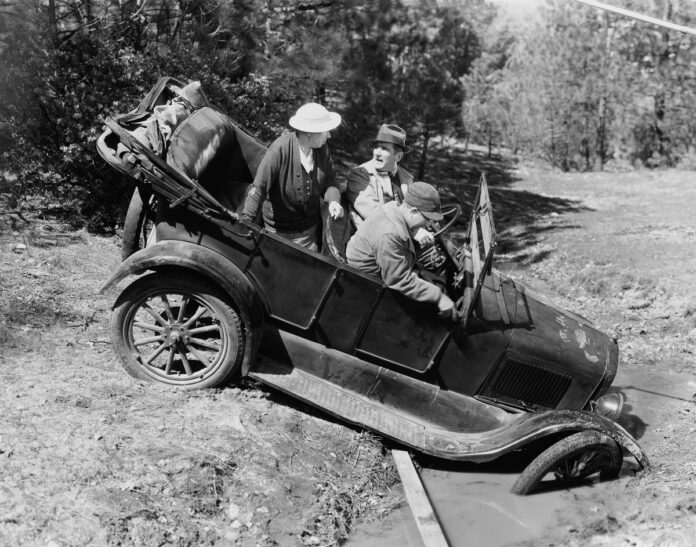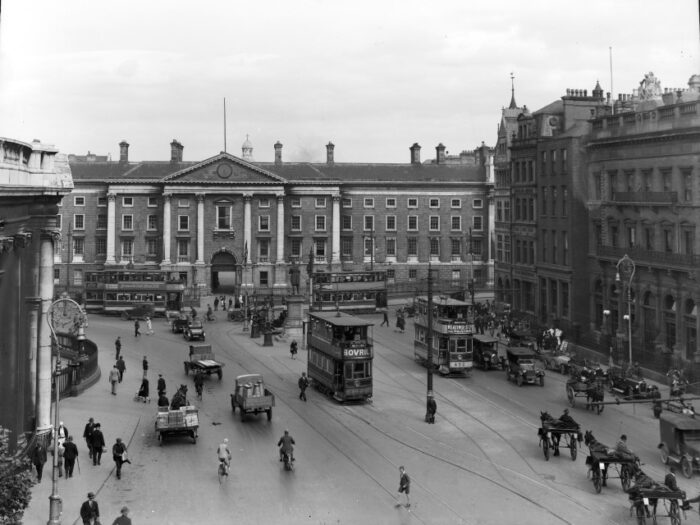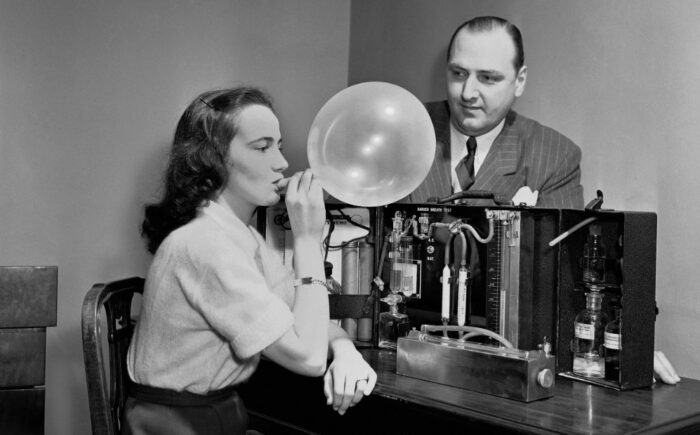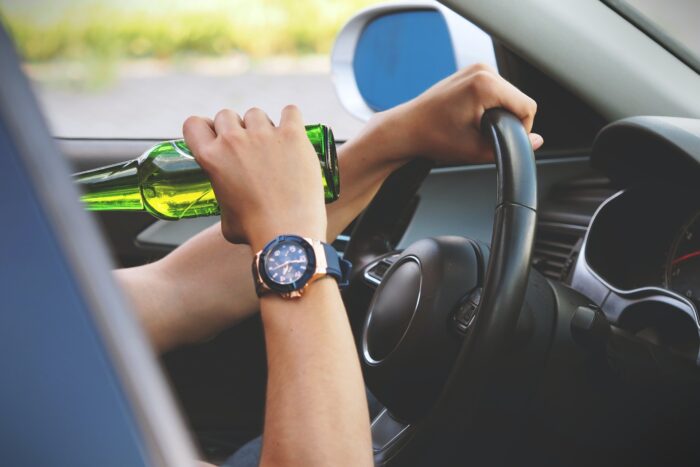
Drunk driving, commonly defined as operating a motor vehicle while under the influence of alcohol, is a subject that has traveled the corridors of time, from ancient tales of inebriated charioteers to the modern narratives of automotive accidents.
While today, society largely condemns such acts and has implemented various legal measures to deter and punish those who drive while intoxicated, it hasn’t always been this way. The intersection of human beings, their love for alcoholic beverages, and their means of transportation has a long history.
As the world transitioned from horse-drawn carriages to the ubiquitous presence of automobiles, the problems associated with drunk driving grew more pronounced, necessitating a more structured societal response. This article aims to explore the history of drunk driving, exploring its origins, its rise to prominence as a social issue, and the steps taken across the globe to address it.
The Inception of the Automobile

The dawn of the 20th century heralded a transformative era for transportation with the advent of the automobile. Before this period, travel predominantly depended on animals or human power, from horse-drawn carriages to bicycles. The mass production of automobiles democratized personal transportation, enabling more individuals to travel greater distances in shorter amounts of time. As these mechanical marvels became more accessible to the masses, roads that were once trodden by horses and carriages started bustling with engine-powered vehicles.
With this newfound freedom and convenience came unforeseen challenges. As cars became more popular, the consumption of alcohol also continued unabated. The combination of these two, driving and drinking, started to emerge as a notable concern. The speed and power of cars magnified the potential dangers of inebriated operation. Accidents that might have resulted in minor injuries with slower, animal-powered conveyances now had the potential to be fatal.
Rise in Alcohol Popularity and Post-War Era
Following the repeal of Prohibition with the 21st Amendment in 1933, the Second World War brought about significant socio-economic changes. The post-war era, particularly in the US, witnessed an economic boom that led to burgeoning suburban lifestyles. Families now had the means to own cars and the leisure to enjoy alcoholic beverages.
The cocktail culture flourished, and bars and pubs became central to social life. With automobiles being the primary mode of transport to these social hubs, the correlation between drinking and driving strengthened. The festive spirit of the post-war years, coupled with the increasing accessibility of cars, set the stage for a surge in drunk driving incidents, necessitating more focused attention and eventual legislative action.
Turning Point in Drunk Driving Awareness

The 1980s marked a watershed moment in the battle against drunk driving. Prior to this decade, while there was acknowledgment of the dangers associated with alcohol-impaired driving, comprehensive efforts to address the issue were relatively muted. The gravity of the situation began to be intensely felt in the public consciousness due, in part, to some high-profile accidents and the resulting media coverage. These incidents, many involving the tragic loss of young lives, served as a poignant reminder of the dire consequences of driving under the influence. The outcry against these preventable deaths catalyzed a movement that aimed to bring about tangible change in attitudes, behaviors, and legislation related to drunk driving.
One of the most significant milestones of this era was the establishment of organizations like Mothers Against Drunk Driving (MADD) in 1980. Founded by Candy Lightner after her 13-year-old daughter was killed by a drunk driver, MADD quickly became a formidable force in raising awareness about the perils of drunk driving and lobbying for stricter regulations.
Their advocacy, combined with other similar grassroots movements, played a key role in the implementation of tougher laws, the introduction of sobriety checkpoints, and a broader societal recognition of the importance of designated drivers. By the close of the decade, the concerted efforts of these groups, along with governmental bodies, had indelibly shifted the narrative, making drunk driving not just a legal issue where one required assistance from a drunk driving lawyer, but also a deeply ingrained moral and societal concern.
Modern Legislation and Drunk Driving Prevention

Driven by data and societal demand for safety, legislation pertaining to drunk driving has become markedly more stringent. Across the globe, countries have adopted tighter blood alcohol concentration (BAC) limits, with many setting the legal threshold at 0.05% or even lower, in stark contrast to the previously accepted 0.08% in places like the United States.
These legislative shifts are buttressed by intensive public awareness campaigns, underscoring the dangers of driving under the influence, not just for the driver, but for passengers, other road users, and pedestrians alike. Beyond punitive measures like fines and imprisonment, some jurisdictions have also instituted mandatory educational programs for offenders, designed to impart the potential consequences and risks associated with intoxicated driving.
Technological advancements have further fortified efforts to curb drunk driving. The introduction of breathalyzers has been instrumental in enabling law enforcement agencies to ascertain, on the spot, whether a driver is under the influence. Additionally, ignition interlock devices, which require drivers to take and pass a breath test before starting their vehicles, have been mandated for repeat offenders in various regions. Beyond these immediate deterrents, there’s a horizon of promise with the development of autonomous vehicles.
The history of drunk driving is a testament to society’s relationship with alcohol and transportation, marked by tragedies, lessons, and proactive measures. As automobiles transformed mobility, the challenges of impaired driving grew, necessitating robust societal and legislative responses.








